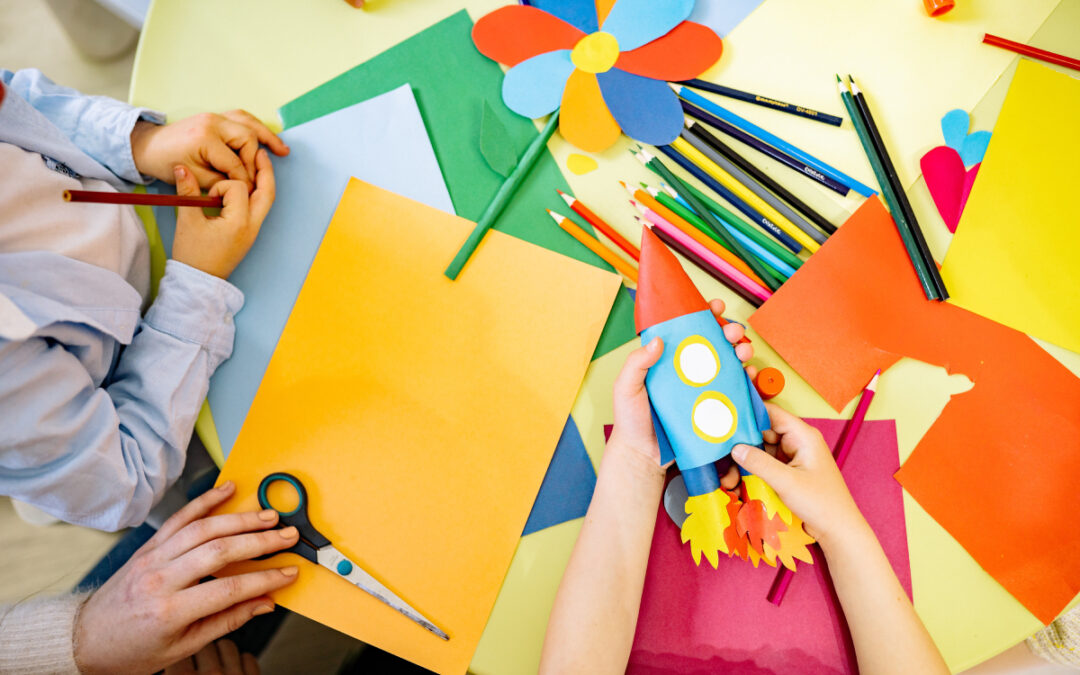As parents, we all want our children to succeed academically and develop into well-rounded individuals. One of the ways we can help our children achieve this is by creating a fun and engaging learning environment at home. In this blog post, we will discuss some of the ways parents can supplement their child’s learning and engage them in various projects that promote their development.
Make Learning Fun
Learning should be fun and enjoyable for children. Research has shown that children learn best when they are engaged in activities that they enjoy. Parents can make learning fun by incorporating games, puzzles, and other interactive activities into their child’s daily routine. For example, parents can use flashcards to teach their child new words, play memory games to improve their child’s concentration, or use math games to help their child develop basic math skills. These activities not only help children learn, but they also promote bonding and quality time between parents and children.
Another way to make learning fun is by incorporating technology into your child’s learning. There are many educational apps and websites that parents can use to supplement their child’s learning. For example, there are apps that teach children how to code, apps that help children learn a new language, and websites that offer free educational videos on a variety of topics. By incorporating technology into your child’s learning, you can make the process more fun and interactive.
Encourage Creativity and Curiosity
Children are naturally curious and creative, and parents can encourage these qualities by providing them with opportunities to explore and create. One way to do this is by providing children with open-ended materials such as paper, markers, and paint. These materials allow children to create whatever they want and express their creativity.
Another way to encourage creativity and curiosity is by engaging children in project-based learning. Project-based learning involves having children work on a long-term, meaningful project that requires them to use critical thinking skills, problem-solving skills, and creativity. Parents can help their child come up with a project idea, such as creating a garden, designing a board game, or building a model airplane. This type of learning not only teaches children important skills, but it also promotes a love for learning and a sense of accomplishment.
Connect Learning to Real-Life Experiences
Children learn best when they can connect what they are learning to real-life experiences. Parents can help their child make these connections by discussing real-life situations with their child and asking them questions. For example, if your child is learning about plants, you can take them on a nature walk and point out different types of plants and ask them questions about what they are seeing.
Another way to connect learning to real-life experiences is by involving your child in household chores. Chores such as cooking, cleaning, and gardening provide children with opportunities to learn new skills and connect what they are learning to real-life situations. For example, cooking can teach children about measurements and fractions, while gardening can teach them about plant growth and the environment.
